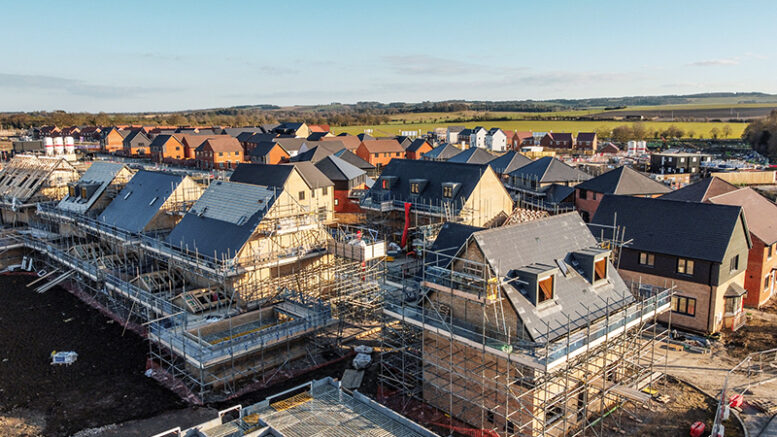The UK’s Build-to-Rent (BTR) sector has seen explosive growth over the past five years, with investors now pouring record levels of capital into purpose-built rental homes across the country. According to new research by Excellion Capital, the number of completed BTR homes has grown by 173% since 2019-an eye-catching trend that’s encouraging landlords and developers to pivot away from traditional Build-to-Sell (BTS) models.
With average yields outperforming much of the private rented sector (PRS), longer tenancies, and higher tenant satisfaction, the BTR model is quickly becoming a prime route for both long-term rental income and portfolio expansion.
BTR supply grows across UK as London begins to plateau
Between Q4 2019 and Q4 2024, the number of BTR homes in the UK reached 123,539-a sharp rise from just under 45,000 five years ago. In 2023 and 2024 alone, roughly 18,000 units were completed each year.
Although London continues to dominate the market, boasting 54,352 completed BTR homes as of Q4 2024 (up 14.5% on the previous year), regional growth is now outpacing the capital. Areas outside London saw a 19.1% increase in completions year-on-year, bringing the nationwide supply increase to 17.1%.
According to Robert Sadler, Vice President of Real Estate at Excellion Capital, this is a signal for landlords to look beyond the capital. “London has been a useful proof of concept for both the demand for BTR homes and the returns available to investors,” he explains. “Now it’s spreading across the whole country, not least our secondary cities such as Manchester, Newcastle, and Birmingham.”
Investors eye superior yields and institutional interest
Average BTR yields are outstripping those of traditional PRS investments. In London, BTR homes were delivering an average gross yield of 4.93% at the start of 2024, compared to just 4.45% in the broader PRS. Meanwhile, regional cities such as Newcastle and Sheffield are seeing yields between 5% and 6%, while the North East leads with an average of 7.65%.
This strength is driving up investor confidence. BTR investment reached a record £5.2 billion in 2024-£1.9 billion of which came in the final quarter alone. Sadler notes: “Some lenders are now focussing purely and exclusively on BTR due to concerns about the exit from BTS developments. Buyers of stabilised BTR schemes are typically large institutions, which represents an extremely attractive exit for developers.”
Developers who once relied on off-plan sales are increasingly shifting to rental-led models to secure more predictable income streams and avoid fire sales in a slower buying market. With inflation cooling and interest rates expected to fall, the environment may soon be even more favourable for new BTR projects.
Better experience for tenants, stronger returns for landlords
What sets BTR apart isn’t just the yields-it’s the entire tenant experience. Developments are designed with community living in mind, offering on-site gyms, co-working spaces, concierge services, and even resident discounts at local businesses. Longer tenancies, high-spec interiors, and more personalisation options give tenants a stronger sense of ownership-making void periods less frequent and rent arrears less common.
Sadler adds: “While interest rates remain relatively high, developers should be planning new BTR projects for later in the year. Nationwide rental demand will continue to drive rents upwards, helping offset development costs.”
For landlords seeking a hands-off investment or those looking to scale, BTR offers a structure that combines tenant appeal with yield stability, especially as traditional buy-to-let models face increased regulation and tax burdens.
Future-proofing the portfolio
With BTR currently accounting for just 2.2% of the UK’s total private rented stock-despite its rapid expansion-there’s still significant room for growth. For landlords watching the Renters’ Rights Bill, shifting mortgage rules, or sluggish BTS sales cycles, BTR could be a strategic move in an increasingly complex market.
As institutional capital continues to flood into the sector, the real question for landlords is whether now is the time to act-or risk being priced out of the next wave of growth.








